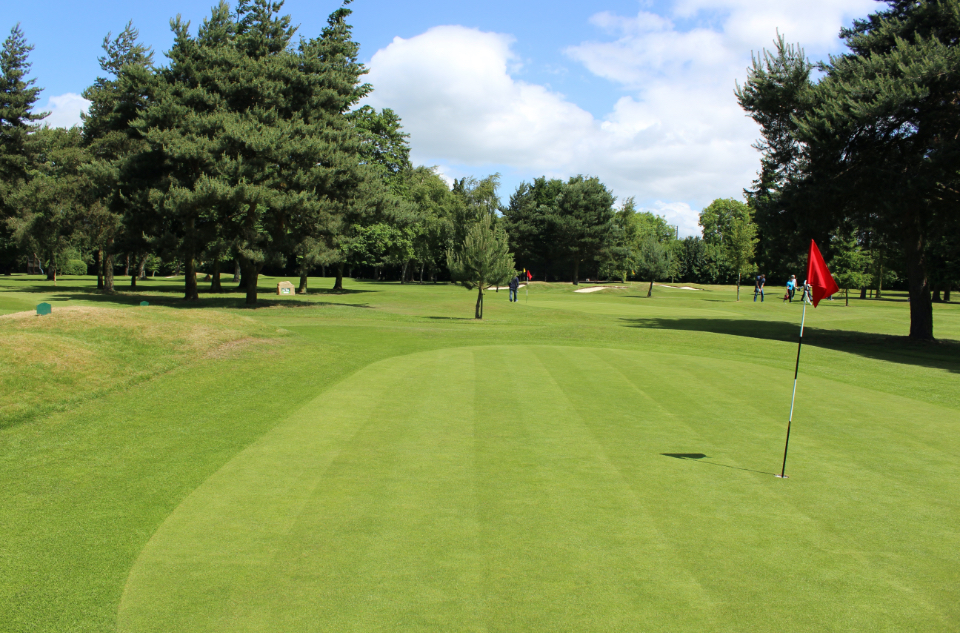
Established since 1965, 3 Hammers has grown over the years to be a nationally recognised, award winning golf venue. Read below for the history of the area & how 3 Hammers got it's unusual name.
If you have any historical information or old photos relating to the 3 Hammers Golf Complex or surrounding area, we would love to hear from you. Please email us at: info@3hammers.co.uk.
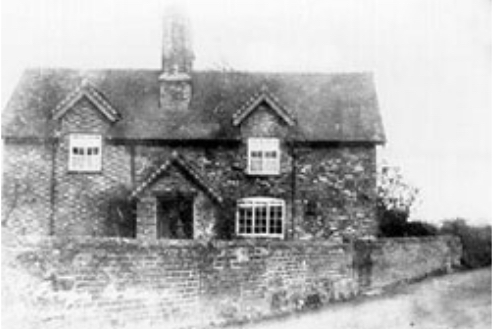
1086
Coven was originally a manor in the parish of Brewood. It is situated 2 miles south east of Brewood and on the western fringe of the Black Country in Staffordshire. It is recorded that Coven was held by Ailric, a Saxon who went off to fight the Norman invaders and by Alan de Coven, who held a knights fee under Robert Stafford (1086).
In the Doomsday survey of 1086 the estimated population of Coven was 45. In 1298 there were approximately 1,300 people who lived in the parish and the community was badly hit by the Black Death in 1348-9. Hence in the Poll Tax assessment of 1380-81, 29 people are listed in Coven with the population of England probably rather less than 3 million.
1680
By 1680, Coven had grown to 40 houses with a population of approximately 180 people. In 1717 two forges were listed in the parish, the Upper Forge in Coven and the Lower Forge in Brewood, which together produced 100 tons per annum. The lower forge was disused by 1753. Upper Forge was on the site of the 1682 iron-works, and seemed to have been in use until about 1841. When John Dent was foundry manager in the Village Foundry in Coven the buildings were used as a corn-mill until destroyed by fire in 1869 giving rise to the name Burnt Mill. Low brick footings near the square forge pool now mark the site.
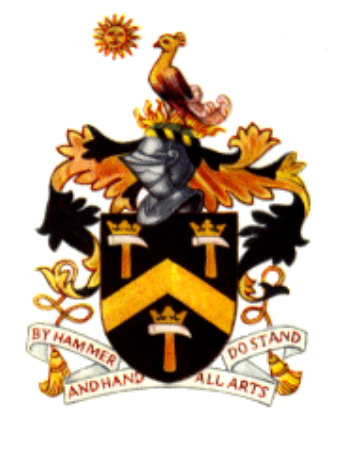
Early 1800’s
Forge House on the opposite side of the road, dates from the late eighteenth/early nineteenth century, built around a large, late sixteenth century brick chimney, and modernized in the mid 1980’s (the chimney has been made considerably smaller). Traces of black soil, cinder and slag around Cinder End House at Coven are evidence that it is the probable site of the eighteenth century Coven iron-bloomery.
Throughout the 1800’s Coven was known as a working village, with locksmiths, chain-making and iron smelting which is possibly where the name Three Hammers originates representing the 3 trades.
The Worshipful Company of Blacksmiths have a crest that bears three hammers and the motto ‘For by Hammer and Hand all arts do stand. The motto is taken from the Blacksmiths Song:-
To the mem’ry of Vulcan our voices we’ll raise,
May he and his sons be revered thro’ the land;
May they thrive root and branch, and enjoy happy days
For by Hammer and Hand all arts do stand
The village also housed two bakeries, a blacksmiths and a
wheelwright. Bricks were hand made at Light Ash and a water
mill stood at Standeford. Nearby is Jackson’s Bridge, so called
after a man named Jackson who hung himself beneath the bridge.
Early 1800’s – 1838
By 1801 the parish had a population of 2867, of whom 343 were employed in agriculture, 337 in “trade, manufacture or handicrafts” and 2167 “others”. By 1817 the chief manufacture was agricultural machinery. However we know that there were lockmakers in the parish by at least 1818 who would have been outworkers manufacturing the ironwork for fine-plate locks (otherwise known as ‘stock locks’), which were mounted in wood cases and used mainly for yard and stable doors. Metal components would have been taken to Wolverhampton for assembly into the wooden cases. In 1829 there was a lockmakers at King’s Bridge, Coven and by 1834 there were three in Brewood town and three in Coven (again another possible reference to the name Three Hammers). The lockmaking craft was in decline by 1874, but there remained a locksmith in Brewood town until 1940.
The village of Coven was the site of the only local manufacturer of traction engines and privately built steam railway locomotives. In many ways the village was ideal for such an undertaking as skilled labour in the form of local locksmiths was available and transport was provided via a wharf on the nearby Staffordshire and Worcestershire Canal. Much of the village was occupied by journeymen lock makers who worked for the locksmiths in nearby Willenhall.
The figures show the upsurge in population during the canalbuilding period of the 1820’s, and the gradual decline towards the end of the century coinciding with the agricultural depression. In 1831 there was a population of 499 and by 1851 the population had increased to 650. Its proximity to the Wolverhampton- Stafford road undoubtedly explains its dramatic growth.
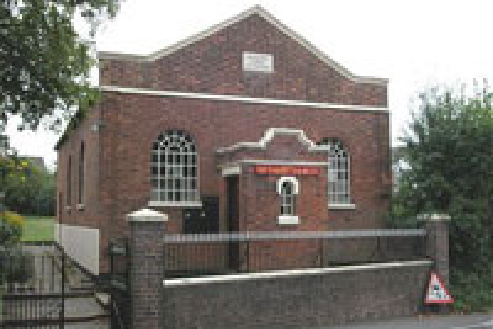
Late 1850’s
John Smith senior was a farmer and tenant of the Three Hammers Farm in Coven with his wife Ann and children John (jnr), Joseph and Sarah. John senior was also a lock manufacturer and the local maltster. John Smith senior must have been successful as he became a local landowner with a family cottage in Lawn Lane. He gave a piece of adjacent land for the building of the existing Wesleyan Chapel, which was completed in 1839. He was clearly interested in Wesleyan Methodism and used to preach at the church.
John junior married Elizabeth from Bridgnorth, Salop and had children John Smith (who ran the Coven Village Foundry), Mary Ann who married John’s business partner John B Higgs and Jane.
John junior learned engineering and manufacturing at John Fowler’s works in Leeds. Fowler was one of the leading manufacturers of traction engines and steam ploughing machines of his day. John set himself up in business and became one of the first people to purchase a set of Fowler’s steam ploughing equipment. Father and son presumably worked together, their early products included locks, stationary horizontal engines and portable engines. John Smith junior also hired-out plant to some of the many works and coal pits that were a common feature of the Black Country and the West Midlands.
In the late 1850s John Smith junior became interested in steampowered vehicles for agricultural use and started producing partly self-propelling ploughing machines in 1857 exhibiting at many shows along with ploughing tackle and a threshing machine.
Late 1850’s – 1860
In July 1859 John Smith exhibited some of his products at the Royal Agricultural Society of England’s Show at Warwick. One exhibit was a windlass that was built at Coven to Fowler’s design. Sales were good and it was decided that a larger works was required. In 1860 the Village Foundry was built on the corner of Brewood Road and Lawn Lane.
As the Smith family already had a cottage in Lawn Lane next to the chapel the new works occupied the land in-between the cottage and Brewood Road. The main building, known as the machine shop had 5 bays, at least 2 of which were fitted with large heavy sliding doors. Above the machine shop in the loft was the pattern shop, which was also used as a village Sunday school. Next to the machine shop was the foundry and the blacksmith’s shop. There was also a separate boiler shop near to the chapel.
John continued to display his ploughing engines and repairs to other makes of traction engine were also carried out at the Village Foundry. On 13th October, 1860 John Smith left the works to deliver a customer’s machine that had been in for repair. On the journey the boiler exploded and blew him through a hedge. He was scalded on his legs, but could so easily have been killed.
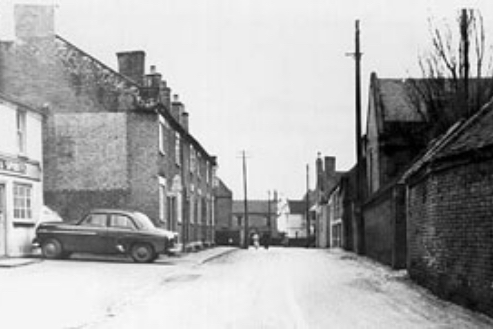
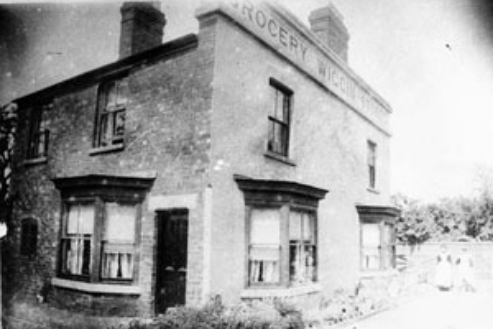
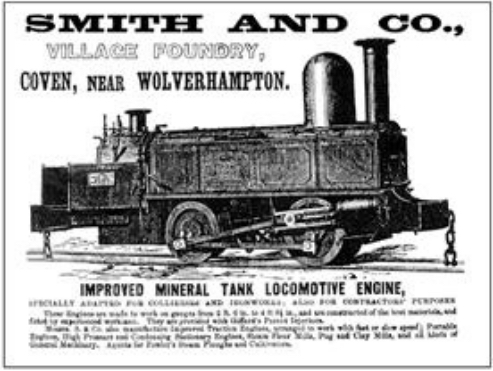
1860’s – 70’s
In 1861 John Smith went into partnership with John Birch Higgs, a local man from Brewood. Higgs eventually became Smith’s brother-in-law (married Mary Ann Smith). They made improvements in threshing machines again continuing to exhibit at the Royal Agricultural Society of England’s 1861 Show at Leeds.
In 1865 there were said to be no less than 30 employers in Brewood parish involved in the manufacture of components for fine plate locks, with 150 workmen earning an average of 18s-28s weekly. By 1870 there were at least 9 lock makers in the parish, but the trade was apparently in decline by 1874, and in Coven, where it had flourished more strongly than Brewood – doubtless due to its proximity to Wolverhampton – had been replaced by the manufacture of steam engines, manufactured by John Smith of Village Foundry, Coven.
1914-1940’s
There was a steady increase in the Coven population with exception of the period 1914-1918 for which the war and the terrible influenza epidemic of the same period took its toll.
Indeed the same can be said for the Second World War when a major target for the German Air Force was the Boulton Paul aircraft factory at Pendeford (Luftwaffe maps from 1940 show the works). In order to protect the site a dummy factory was built at Coven two miles to the north. So convincing was the decoy factory that it was bombed three times during the war!
Mr Dick Whalley, an entrepreneur of his day bought the Three Hammers House which was formerly owned by Lady Joan Legge. Lady Legge and her family resided at the nearby Patshull Hall for many years. The house and estate remained in the ownership of the Earls of Dartmouth (Legge family) until after 1958. During the Second World War part of the house was used as a rehabilitation centre. The hall has now been extensively renovated and is a hotel, conference and leisure centre.
Mr Whalley married Phyllis around the 1940s and was famed locally for Whalleys White Potatoes of which a sign emblazoned the roof of the Three Hammers Barn. The sign enabled Mr Whalley to clearly see where to land the light aircraft that he owned and regularly flew around the area.
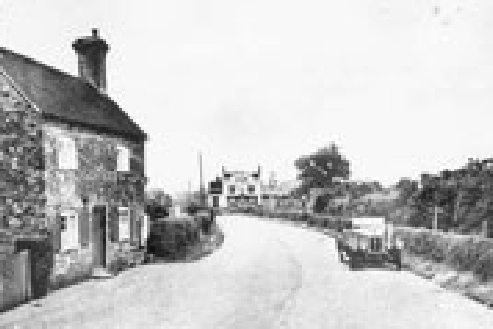
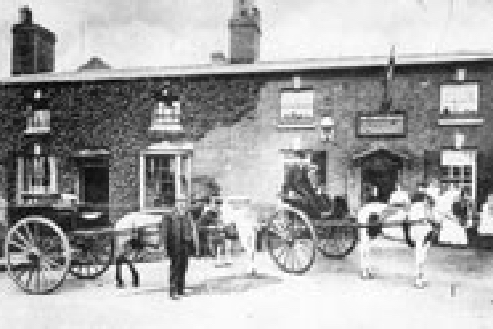
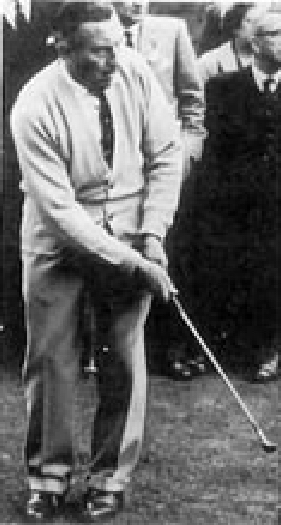
1960’s – 1990’s
The Whalley’s established the Three Hammers Golf Centre in 1965 in partnership with a South African gentleman. Renowned golf architect Sir Henry Cotton designed the 18 hole course but unfortunately Mr Whalley passed away before the Centre was opened leaving his wife Phyllis to develop and operate the course.
Phyllis Whalley ran the Golf Course until her retirement in 1986 when it was purchased in a ‘rather run down, dilapidated state’ by two local businessmen Ian Bonser and Bruno Mustone. After the sad passing of Bruno, over the past 30 years, Ian has transformed 3 Hammers into the ‘Best in Britain’.
George Jones is also a popular character in the Three Hammers history who lived in Cross Green Cottage. Mr Jones became famous in the local area for his regular swims from Cross Green canal bridge down to the Stafford Road bridge and back again. Mr Jones worked on the land for Mr Whalley and continued to work at the Three Hammers until he retired in the mid 1990s. Indeed he is quoted as saying that he used to milk cows in the building which latterly became the Renaissance Restaurant, one of Ian Bonser’s initial businesses at the venue.
More up to date figures show a steep increase in numbers between 1951 and 1971 is attributable to the post-war building boom and the rapid growth in the 1960’s of large-scale housing development in Coven. Recent records show that the population of Coven currently stands at approximately 3,300.
2000’s – Today
Today there is a small shopping parade that caters for most needs and a choice of three public houses. Coven is of course also the site of the 3 Hammers Golf Complex which includes a 100 seater bistro, 18 hole championship golf course and driving range, and a popular village hall where dances and varied leisure activities take place. The village boasts a modern school, wellequipped playing field, tennis and basketball courts and football pitches, and a range of clubs catering for young and old alike.
With its easy accessibility to the West Midlands motorway network and the Wolverhampton conurbation, Coven has become a popular place to live, attracting many young families to the area. Although there has been new housing developments including the Three Hammers Apartments at the end of Old Stafford Road, the village still remains essentially rural with a village outlook and friendly atmosphere.
The 3 Hammers Golf Complex as it is now known has gone from strength to strength in recent years under the expert management of owner, Ian Bonser. Recent developments have included a £250,000 renovation project which included the remodelling of the golf course by world renown golf architects Hawtree Ltd and introduction of the latest golf technology including Toptracer, Trackman and automatic power tees – bringing the 3 Hammers Golf Complex truly into the 21st century. In addition – a recent revamp of their driving range outfield making it have the appearance of a real golf course instead of a boring grass field.
2016 and 2017 saw the Complex win 2 prestigious national awards for their efforts with both junior golf and for being ‘The Best Golf Facility in the UK’ as voted by the national public.
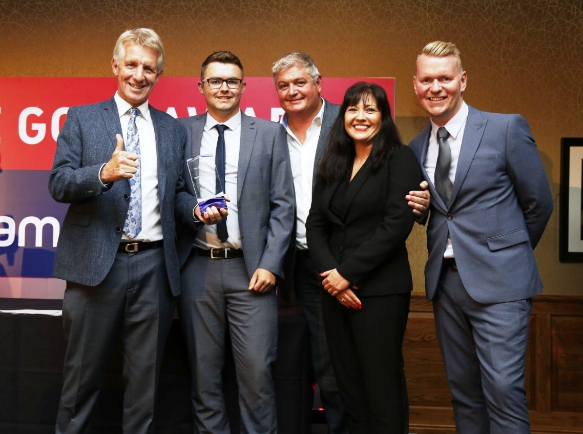
If you have any historical information or old photos relating to the 3 Hammers Golf Complex or surrounding area, we would love to hear from you Please email us at: info@3hammers.co.uk.
